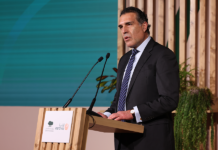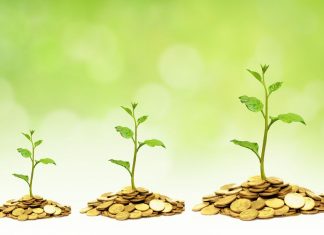
Taking shape on the pristine shores of the Red Sea, amid the breathtaking beauty of uninhabited islands, untouched coral reefs, and desert canyons steeped in history, a stunning new destination is redefining luxury tourism and sustainable travel for the post-Covid age.
As they prepare to welcome their first guests at the end of 2022, the developers of The Red Sea Project in Saudi Arabia are creating a world where travelers will enjoy authentic and unforgettable experiences under a never-ending sky. Whether hiking through dramatic landscapes, discovering ancient heritage sites, or exploring the wonders of coral reefs that teem with marine life, visitors will take with them memories and emotions that will last a lifetime.
In this inspiring new tourism model, the presence of these travelers will help restore and regenerate the precious biodiversity of the Red Sea region, home to mangrove swamps, seagrasses, and fragile populations of rare seabirds and turtles. This is what John Pagano, CEO of The Red Sea Development Company, likes to call the project’s “natural capital,” which he and his colleagues are passionate about protecting and cherishing. By 2040, the developers aim to increase the conservation value of this extraordinary ecosystem by 30%. “We don’t want to just maintain the status quo here, but also enhance the destination,” Pagano explains. “We believe that nature is our most valuable asset.”
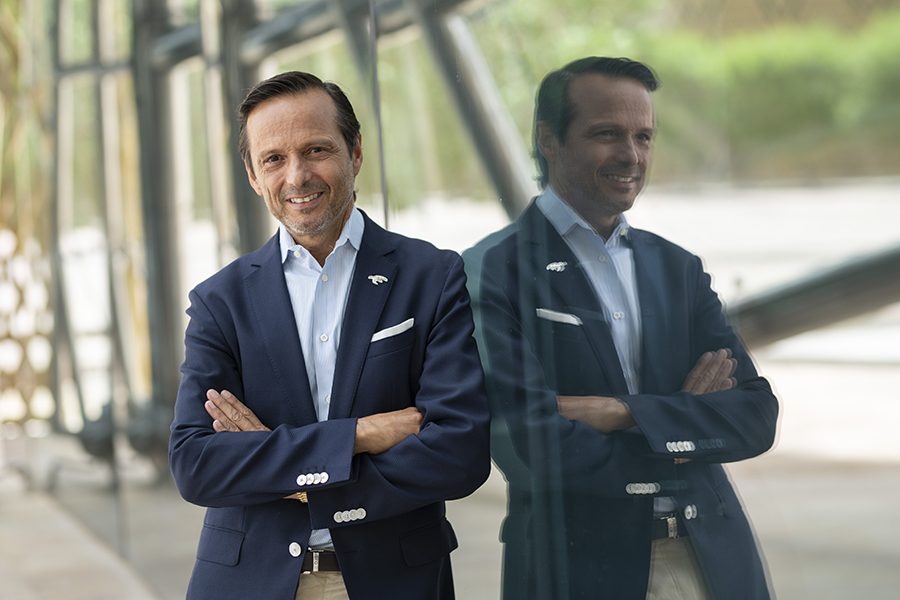
Of the 90-plus islands that comprise this unique environment, 75% will remain completely undeveloped and nine have been designated areas of special conservation interest. There will be a strict cap on visitor numbers, all single-use plastics will be banned, and no waste will be sent to landfill.
The entire site of almost 11,000 square miles will be powered by renewable energy. Electricity generated by wind turbines and solar panels during the day will be stored in one of the world’s largest battery systems for use at night, which will eliminate the need to draw on the national grid for power generated by fossil fuels, supporting their bid for carbon neutrality. Meanwhile, new plantations of mangroves and algae will sequester carbon from the air and offset emissions generated by visitors on their journeys here.
““We believe that luxury travel will be greener, smarter, and less crowded. We are putting the environment ahead of commercial gain, and the travelers of tomorrow will reward us.”
John Pagano, Chief Executive Officer, The Red Sea Development Company (TRSDC)
Pagano’s vision of regenerative tourism at this exceptional destination is energizing hospitality companies and financers around the world. Construction is already underway on the first hotels and on an airport, designed by Foster + Partners, that will have capacity for one million visitors a year. With a quarter of a billion people within a three-hour flight, Pagano is confident that the Red Sea Project will soon help the kingdom achieve its target of generating 10% of national GDP from tourism by 2030.
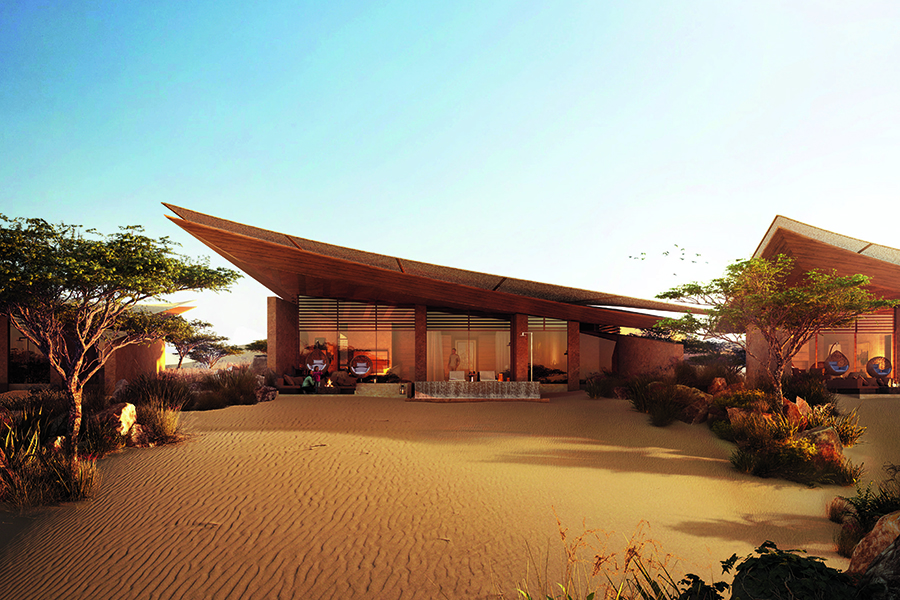
With $1 billion already spent, investors are lining up to participate in a project that will put Saudi Arabia on the global tourism map and blaze a trail toward a whole new paradigm for exclusive travel experiences.
“The optimism and energy here are amazing. This is not just another resort development,” Pagano says. “It is something truly unique. I believe that the world will follow our lead and embrace our vision of the future of luxury travel.”
“We believe that luxury travel will be greener, smarter, and less crowded. We are putting the environment ahead of commercial gain, and the travelers of tomorrow will reward us.”
John Pagano, Chief Executive Officer, The Red Sea Development Company (TRSDC)
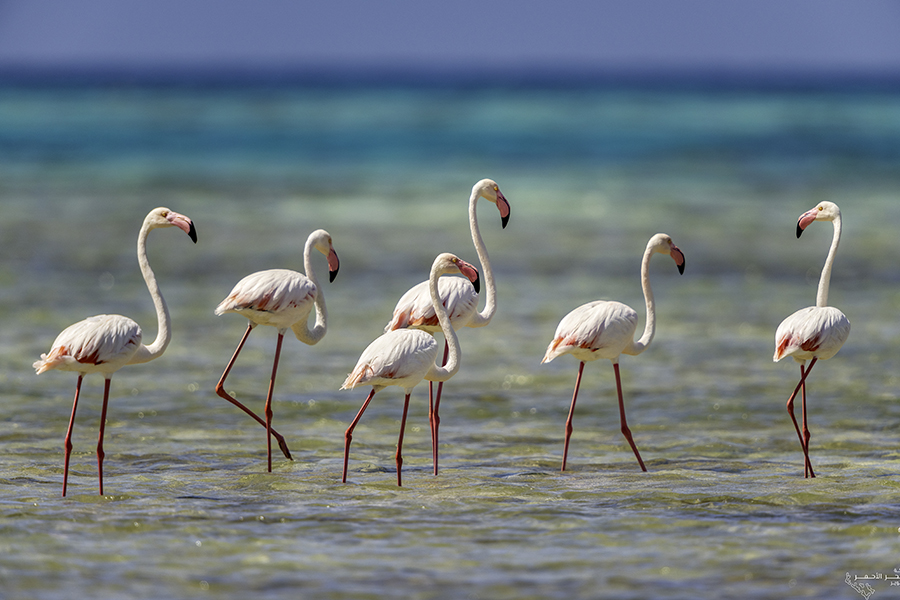
What makes the Red Sea coast in Saudi Arabia the right place for this new vision of luxury tourism?
Nature is what makes us special. This is an archipelago of more than 90 islands that have never been developed. Few people have even set foot on them. It is a rare and unique place. We have the fourth-largest coral reef system in the world. The environment is incredibly diverse. It is not just deserts—we offer mountains, wadis [valleys], lush greenery, dormant volcanoes, and turquoise waters. Plus, the Saudi people are famous for their hospitality. Visitors will come out of curiosity and will experience something truly amazing.
What steps are you taking to preserve this beautiful environment?
We are going beyond sustainability and embracing regeneration. Regeneration asks us to reverse the damage that humans have caused. That is what we are passionate about. We have something precious to protect. We want to preserve it not only for today but for generations to come.
What progress are you making on the ground?
We have over 7,000 construction workers on-site. Most of the infrastructure is in place, and we are starting to build end-products such as hotels and amenities. The international airport is also under construction. In the first phase, we will build 16 hotels. We have already signed up some of the best-known hospitality brands in the world, and are on track to welcome the first guests by the end of 2022.

How much interest are you seeing from the investment community?
We are in active negotiations with a number of interested parties for a loan that will complete our capital structure. In 2020, we signed a $4 billion public-private partnership [PPP] financed by Saudi and international banks, including the U.K.’s Standard Chartered Bank and China’s Silk Road Fund. As progress accelerates on the ground, investors from around the world are becoming energized and inspired by our vision.
How will The Red Sea Project help the national economy?
Tourism will change the face of Saudi Arabia. There is so much interest from young Saudis about joining the tourism industry. We had over 12,000 applications for 120 international scholarships to study hospitality management, and more than 23,000 applications for 30 places in our elite graduate program this year. In its Vision 2030 plan, the government is targeting 100 million visitors by 2030. We are eager to help them achieve that goal.
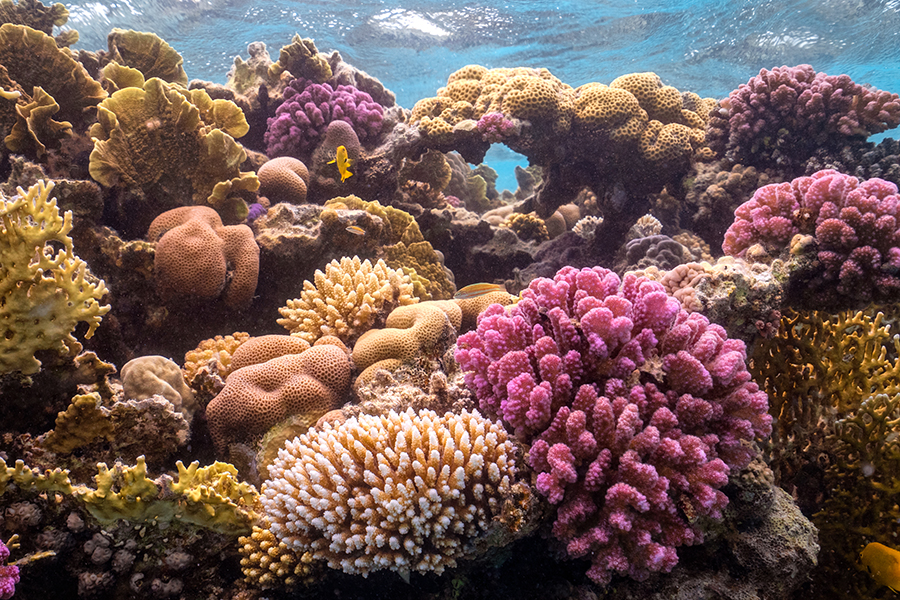
What impact has the pandemic had on your plans?
Covid has provided an opportunity for all of us to pause and reflect on what is important. It has presented the world with the chance to hit a reset button and think about how we can do things differently. I think the world will embrace what we are doing. Our mantra of being greener and smarter will resonate even more with the traveler of tomorrow.
What does The Red Sea Project mean to you personally?
I have been fortunate in my career to work on several large-scale transformational projects. To be successful, you have to start with the right place and the right people. We have both here. It is a stunning destination and there is tremendous energy and optimism. It is an amazing project in this amazing place.
The Red Sea Project will be a fantastic, once-in-a-lifetime opportunity for Saudi Arabia. We are turning a new vision of tourism into a reality![]()



















